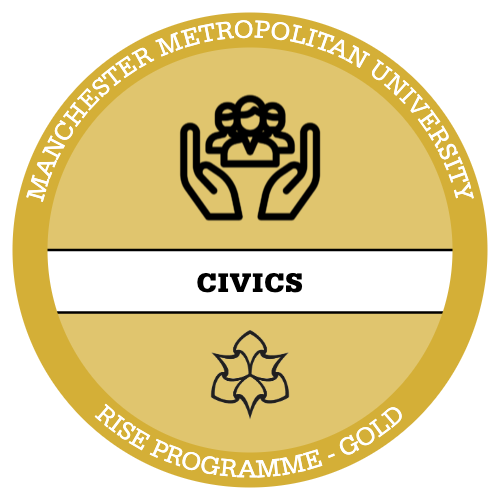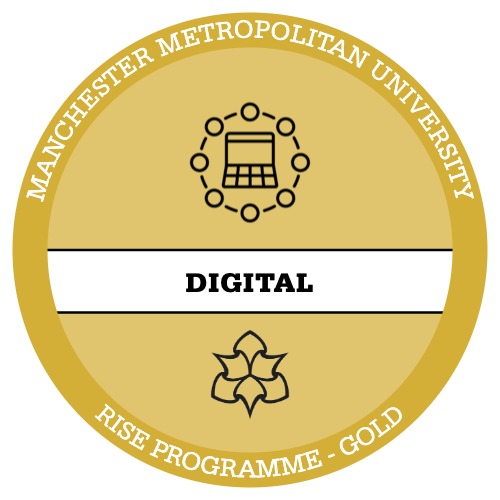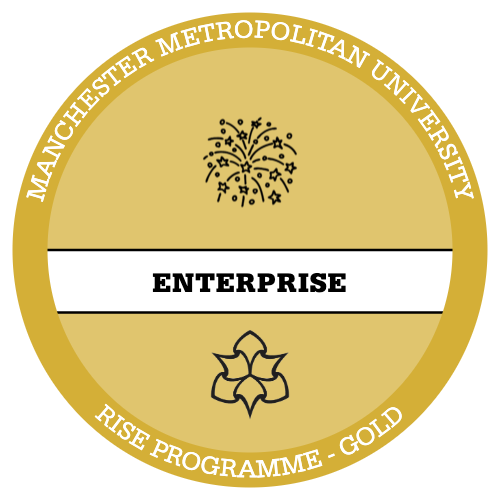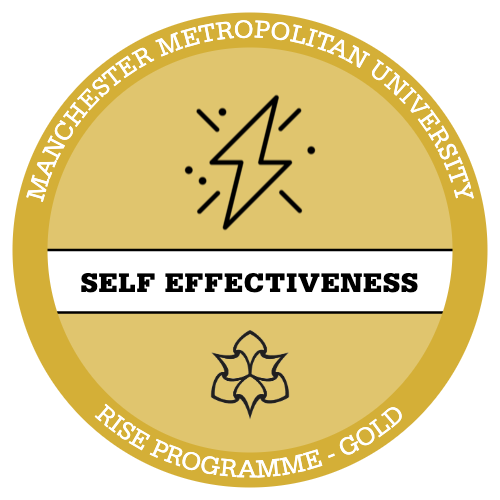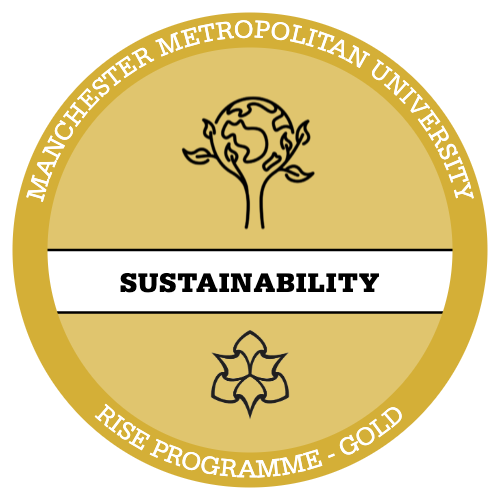Introduce
Communication is the process of sharing information, thoughts, or feelings between individuals or groups. It involves the exchange of messages through various means, enabling people to understand each other and work together.

Communication can happen anywhere! The place where communication happens can be called the communication environment. Sometimes communication happens in a quiet place, where it’s easy to hear and see. But, often communication happens in busy or noisy places. Noise, harsh lights, and distractions can be a barrier to communication.
We all have a right to be heard, to understand and to connect with other people. Many people who you interact with in your role may experience communication difficulties or barriers to communicating. These difficulties can lead to feelings of isolation and restrict their opportunities and activities. They may require extra time or support to express their thoughts or to understand what others are saying.
Develop
Accessible communication is important because it ensures that everyone can access, understand and act on information that you share. Here are some tips for making communication accessible:
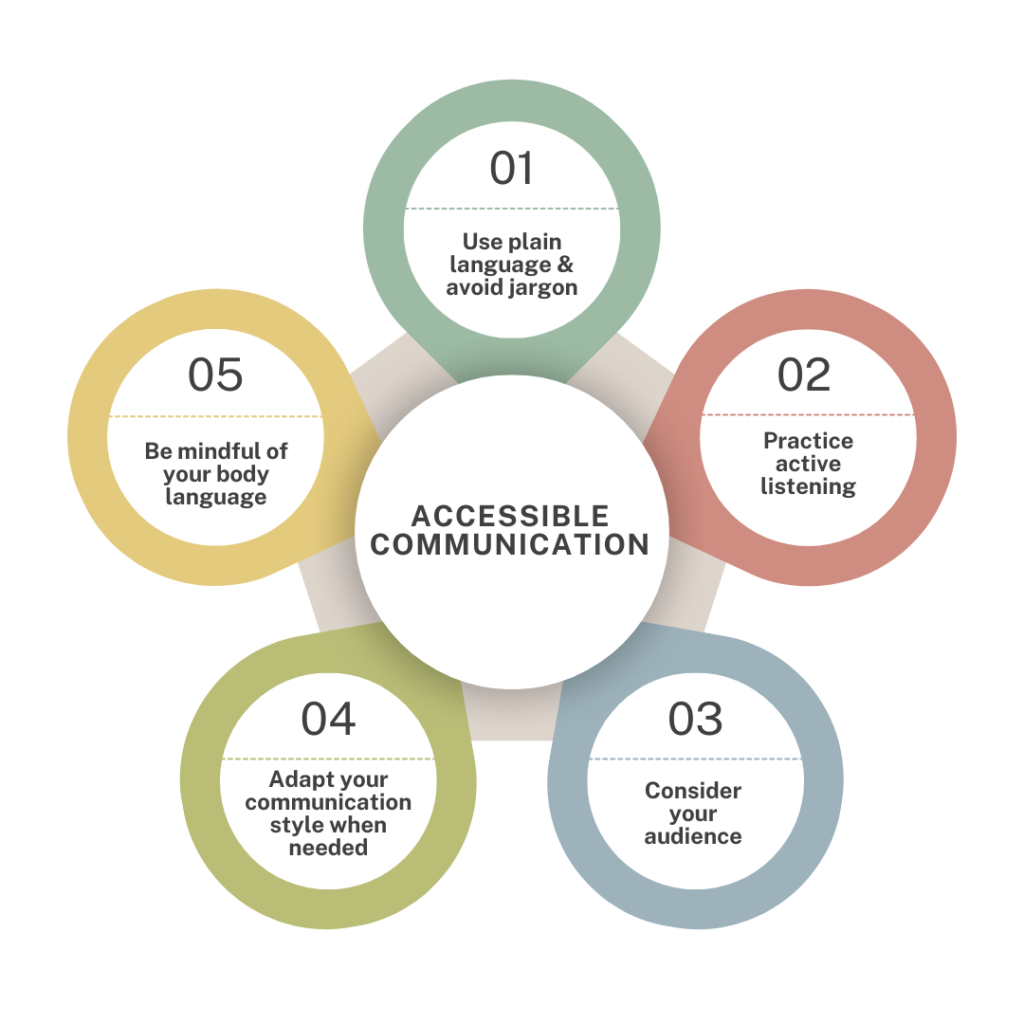
How Good Are Your Communication Skills?
Take some time to complete this quiz and reflect on what your areas of strength and weakness are when it comes to communication. Learning the skills you need to communicate effectively will make a big impact on all those you interact with in your role.
Reflect
Alice Stott (2018) outlines 4 different areas where you can focus on developing communication skills:
- Physical: Use of body language, facial expressions, and voice.
- Linguistic: Use of language, including understanding of formality and rhetorical devices.
- Cognitive: The content of speech and the ability to build on, challenge, question, and summarise others’ ideas.
- Social and emotional: How well a speaker listens, includes others, and responds to their audience
- (Stott, 2018)
Stop and Reflect: Which particular area could you focus on over the next week? You could begin to practice the ‘art of listening’ and next time you have a conversation, be mindful of how you are communicating. Be curious around how this awareness might change your approach and the ability to communicate, listen and support others.

